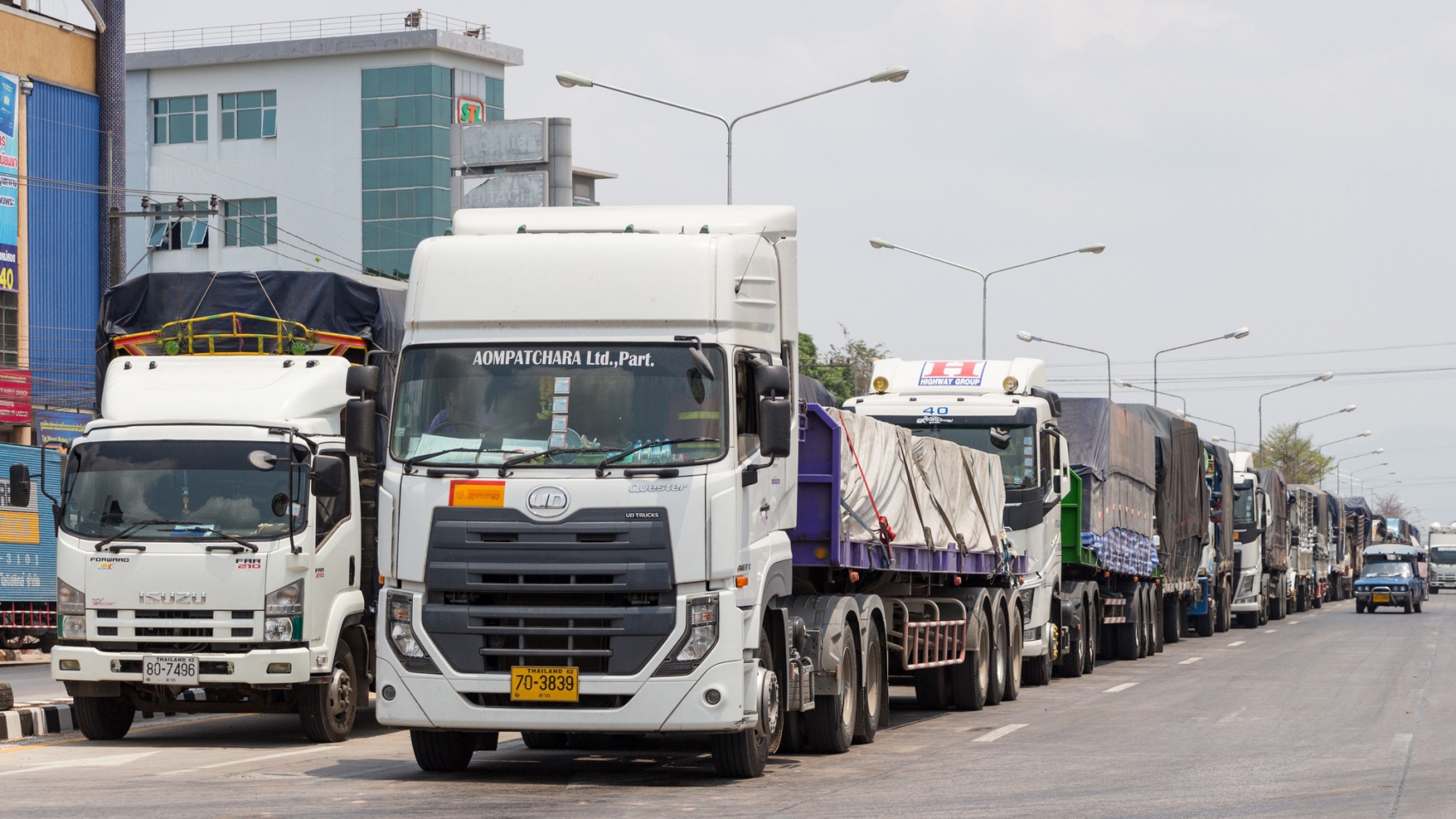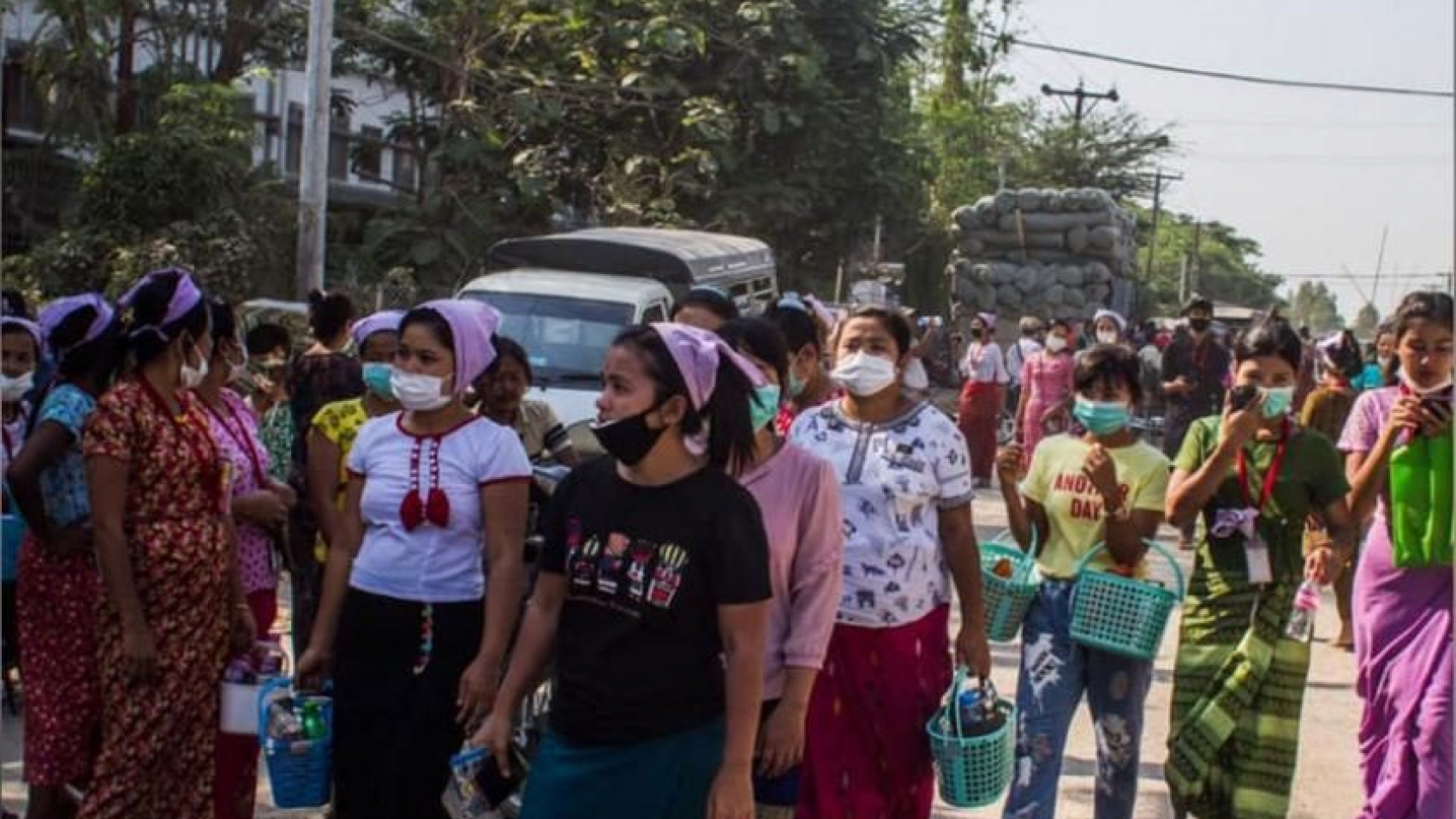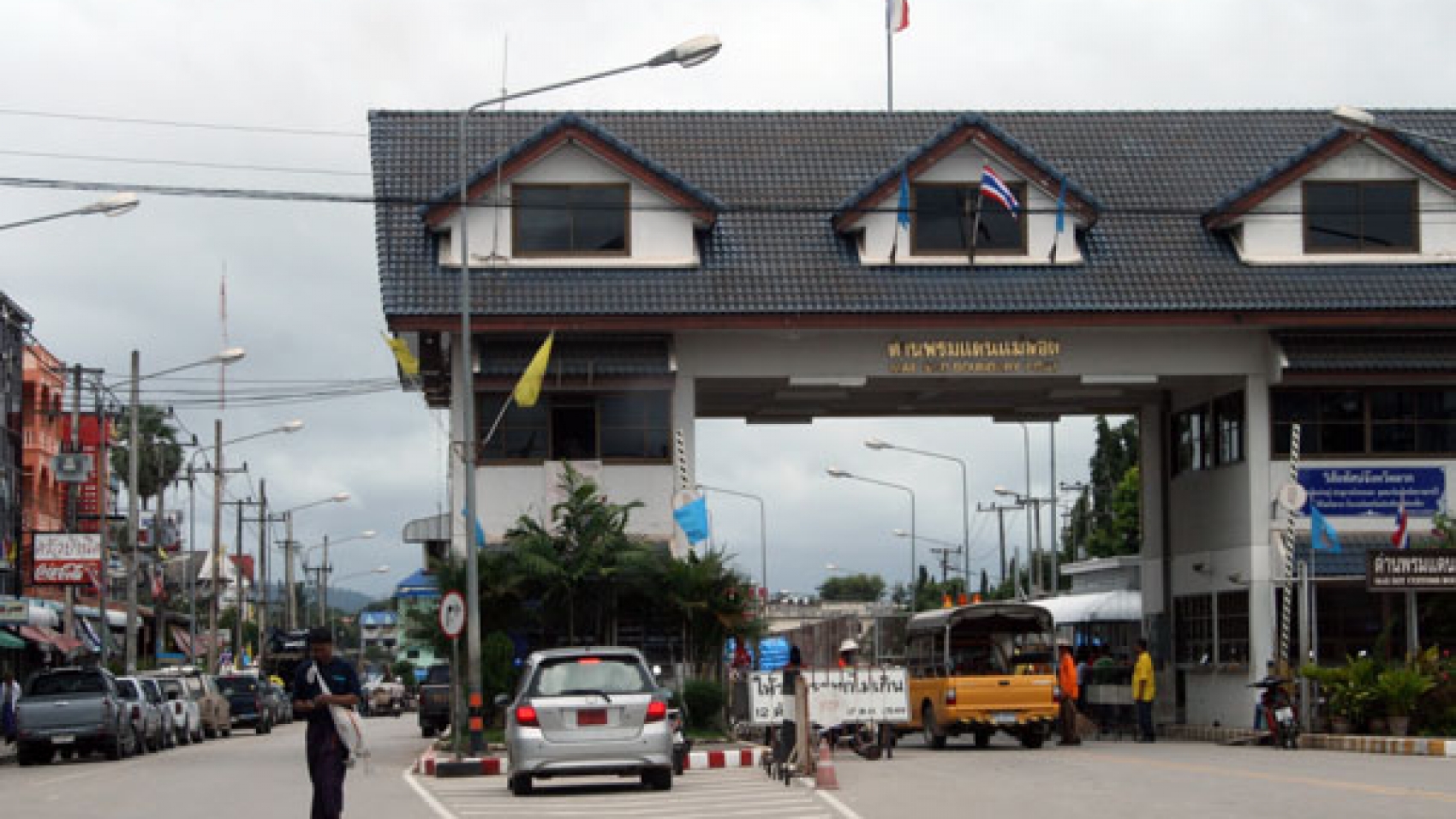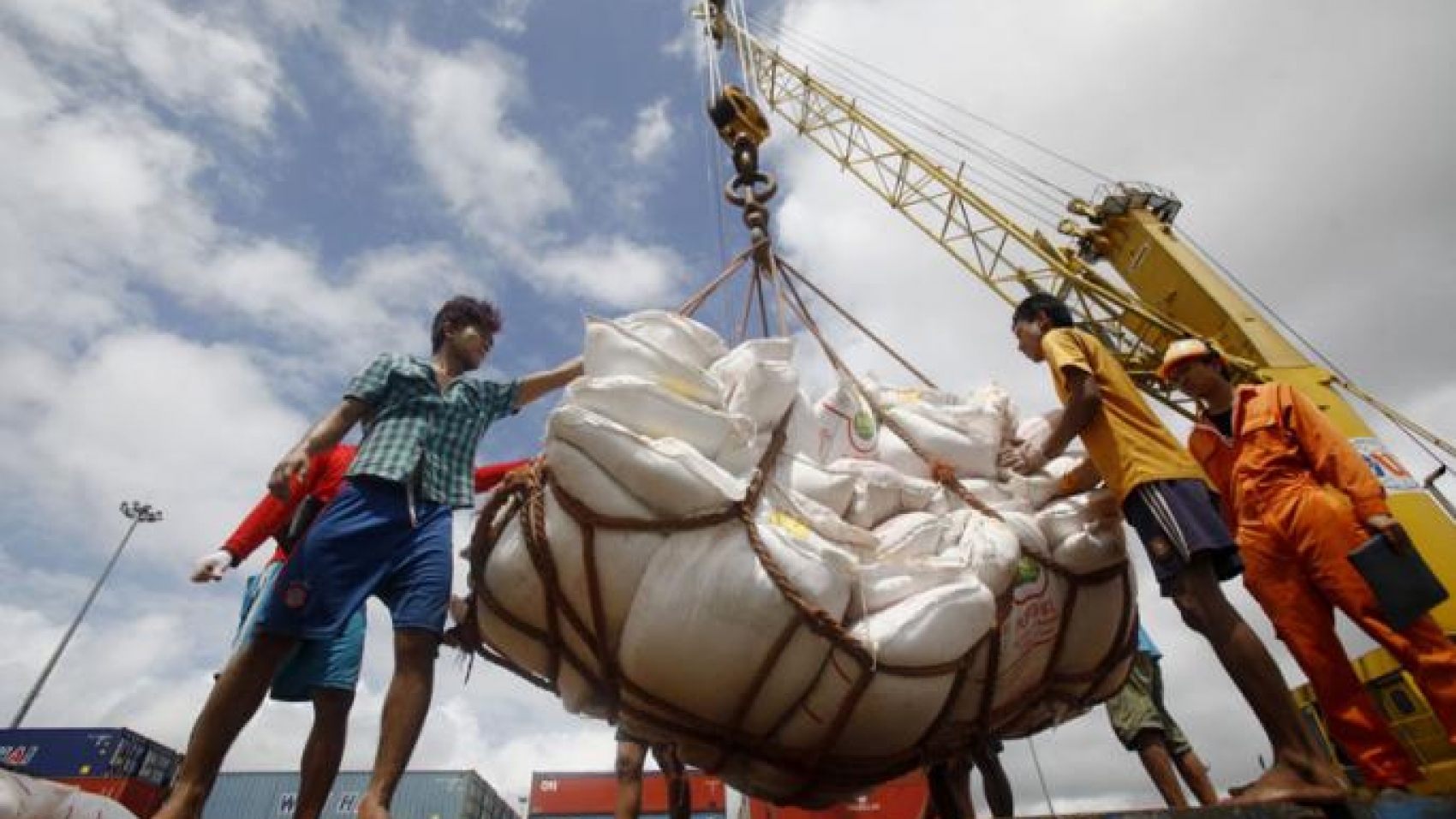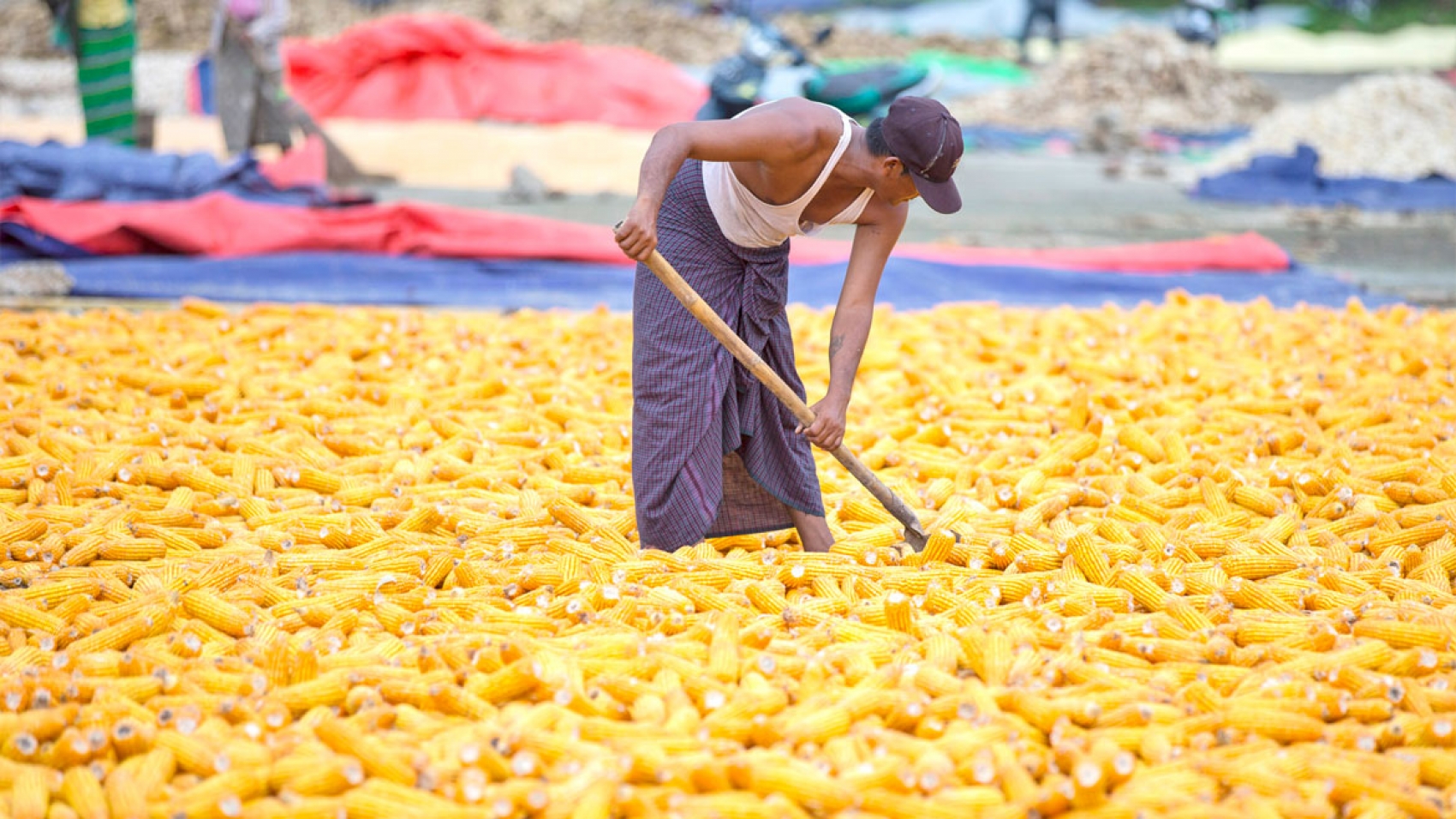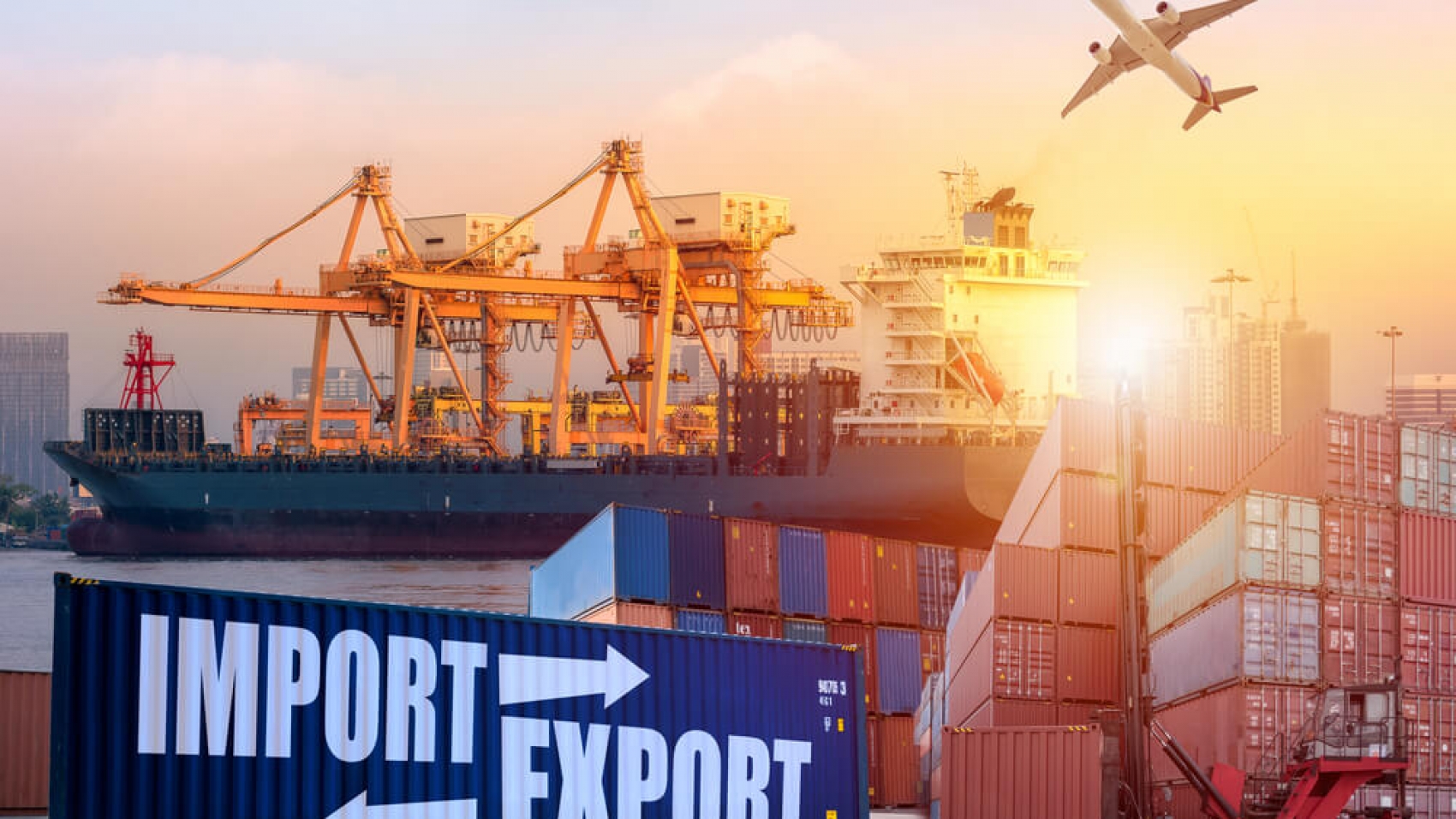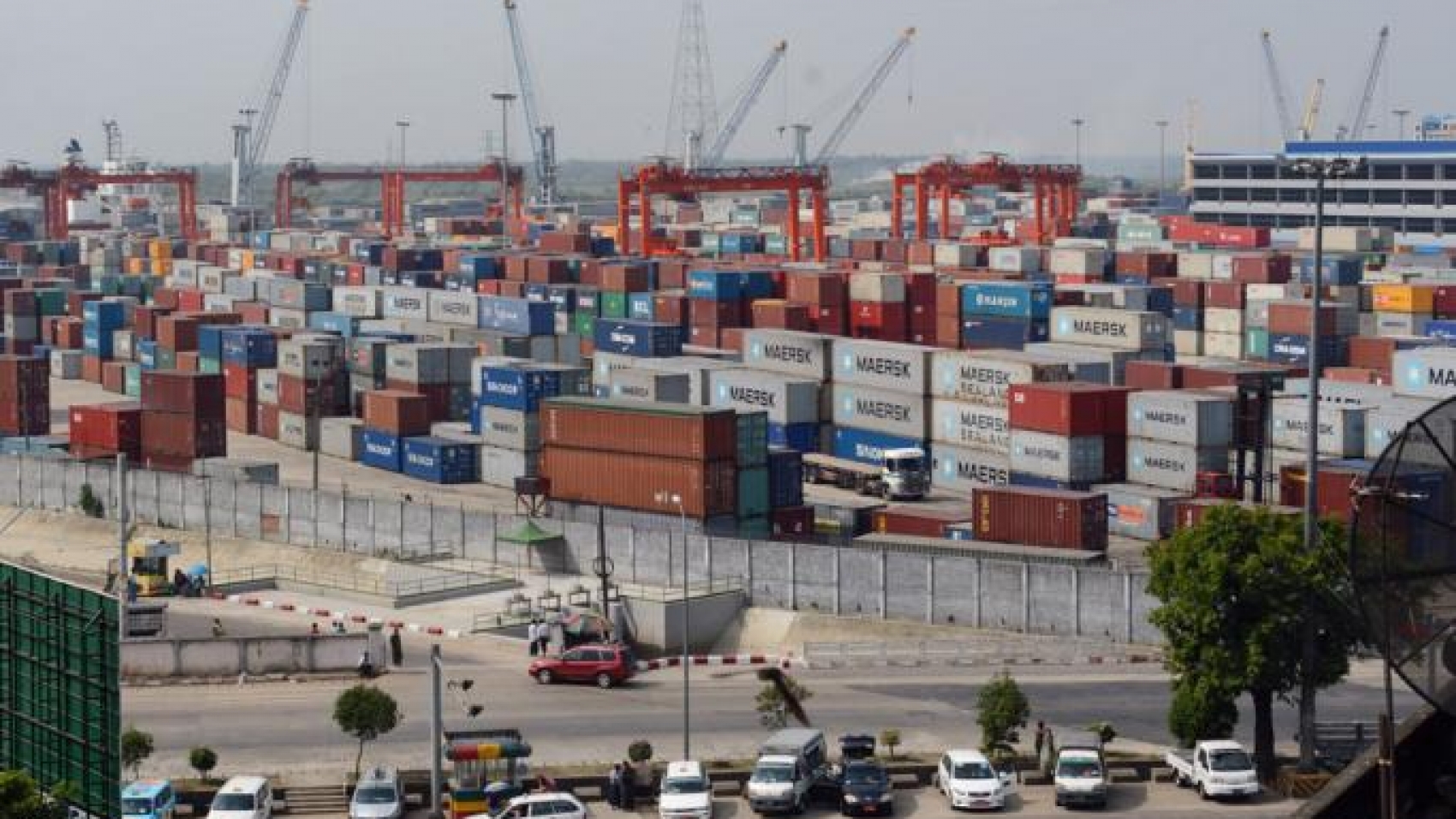Yangon Region Gold Entrepreneurs Association (YGEA) curbed the amount of gold that investors can trade, and permits only 10 ticals for daily trading. In recent days, some received purchase orders without physical gold in the domestic gold market. As a result of this, YGEA urged its members to regulate trade in order to deal with market volatility. To regulate unsustainable rally in the domestic gold market, the association called for the members to make gold transactions with only immediate payment, avoid the verbal transactions over calls and halt trading outside the Yangon region, according to YGEA. The price of the precious yellow metal was valued at K1,828,000 per tical (0.578 ounce, or 0.016 kilogramme) on 20 September, while the gold price hit US$1,745 per ounce in the international gold market.
The exchange rate on the US dollar was around K1,970 on 17 September. The price of pure gold metal hit fresh new peaks in the recent days and it reached the highest of K1,900,000 per tical on 11 September tracking the dollar gains on Kyat in the forex market. In January 2021, the gold price was ranged between the minimum of K1,316,000 per tical (28 January) and the maximum of K1,336,000 per tical (6 January). It reached an all-time high of K1,410,000 per tical on 3 February and hit the minimum of K1,340,000 per tical on 2 February. In March, the rate fluctuated between the highest of K1,391,000 (25 March) and the lowest of K1,302,000 (4 March). The price was registered the highest of K1,455,000 (30 April) and the lowest of K1,389,000 (1 April). The price reached an alltime highest of K1,709,000 (12 May) and the lowest of K1,447,000 in May.
The price moved in the maximum of K1,575,500 (11 June) and the minimum of K1,543,000 (19 June). It fluctuated between K1,562,300 (26 July) and K1,587,000 (K1,587,000). Last month, the price of gold reached the lowest of K1,572,800 (3 August) and the highest of K1,698,000 (31 September), the gold traders said. According to gold traders, the local gold reached the lowest level of K1,310,500 (2 September) and the highest level of K1,314,000 (1 September). In October, the rate ranged between K1,307,800 (30 October) and K1,316,500 (21 October). The rate fluctuated between the highest of K1,317,000 (9 November) and the lowest of K1,270,000 (30 November). In December, the pure yellow metal priced moved in the range of 1,280,000 (1 December) and 1,332,000 (28 December). With global gold prices on the uptick, the domestic price hit fresh highs in 2019, reaching K1,000,000 per tical between 17 January and 21 February, crossing K1,100,000 (22 June to 5 August), climbing to over 1,200,000 (7 August-4 September), and then reaching a record high of K1,300,000 on 5 September 2019.
Source: The Global New Light of Myanmar

